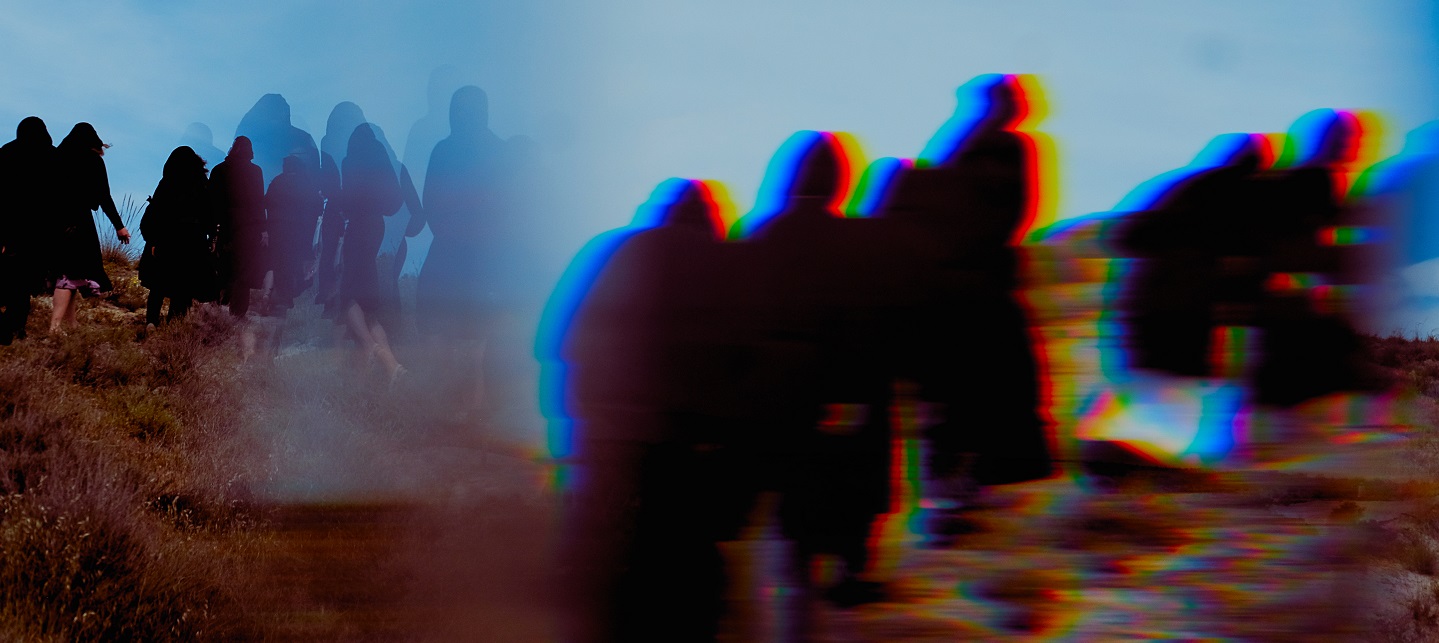Tag: Documentation
-
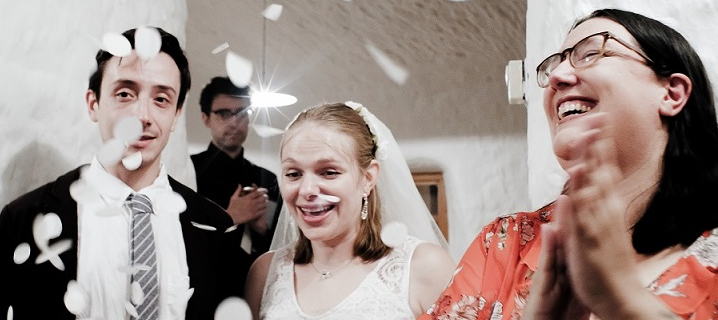
Through Someone Else’s Eyes: A Confession
As an in-game larp photographer, it is indeed possible and maybe sometimes even desirable to let your character take over.
-

I Stepped into the Eternal Circle, Animus: the Larp
Experiences of play and facilitation in the online larp Animus: The Eternal Circle by Chaos League.
-
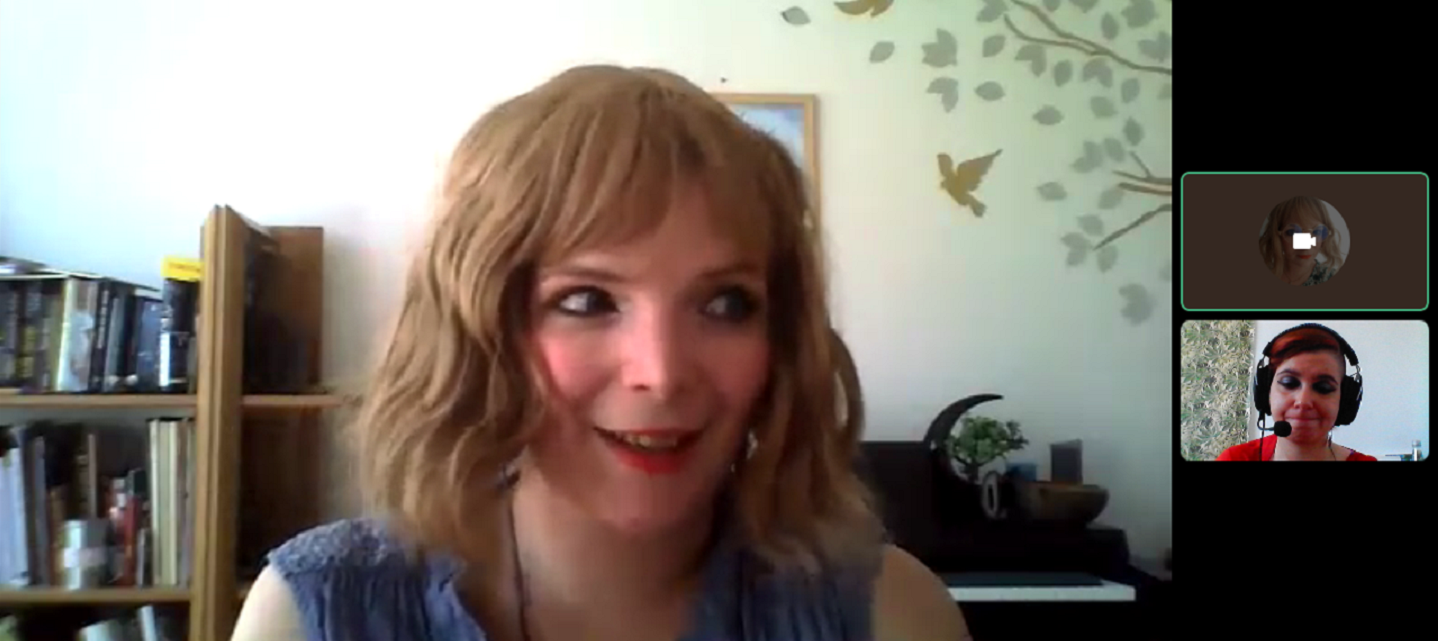
Together Forever: A Larp about Dating in a Dystopian World
This documentation piece explores Together Forever, an online larp focusing on romantic relationships and dating in a near-future dystopia.
-

Solmukohta 2020 Summary
Solmukohta 2020, the Finnish edition of the international Nordic larp conference Knutepunkt, is over and you can find all the talks here.
-
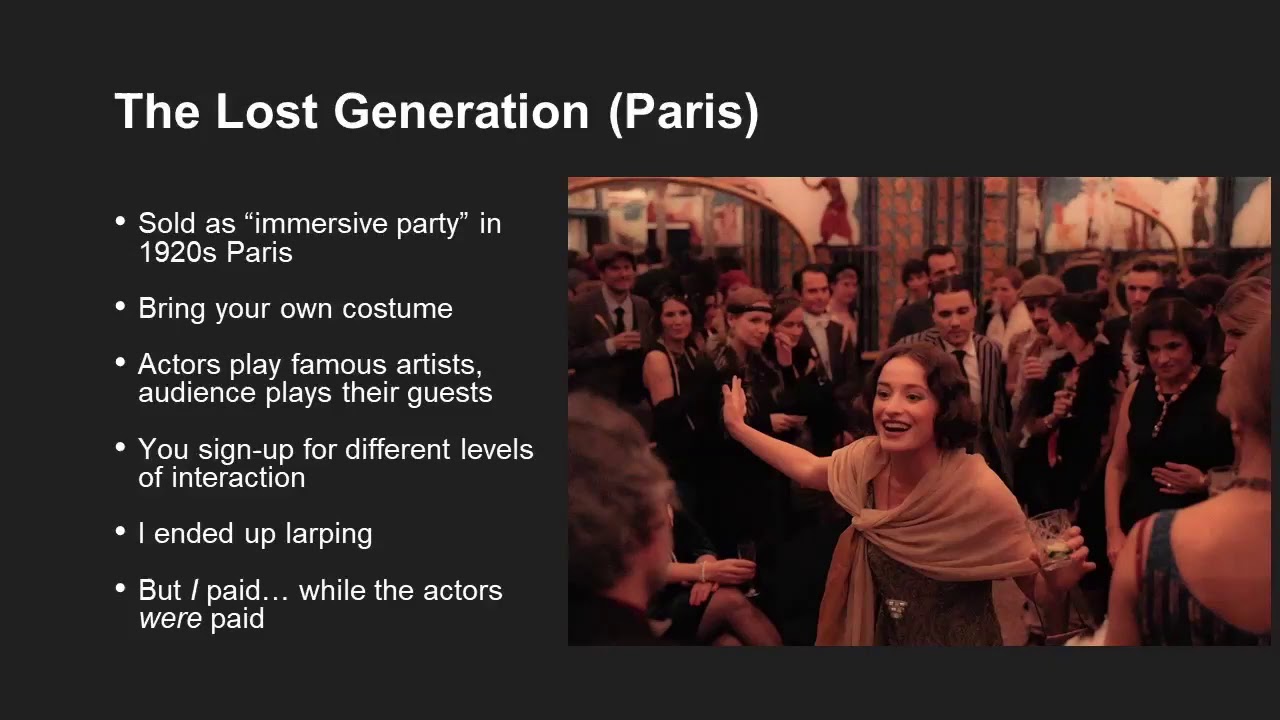
Solmukohta 2020: Is Immersive Theatre the Future of Larp?
Thomas B covers some larp-like events. Mélanie & Michael co-wrote The Lost Generation, an immersive theatre party focused on seamless narrative design.
-
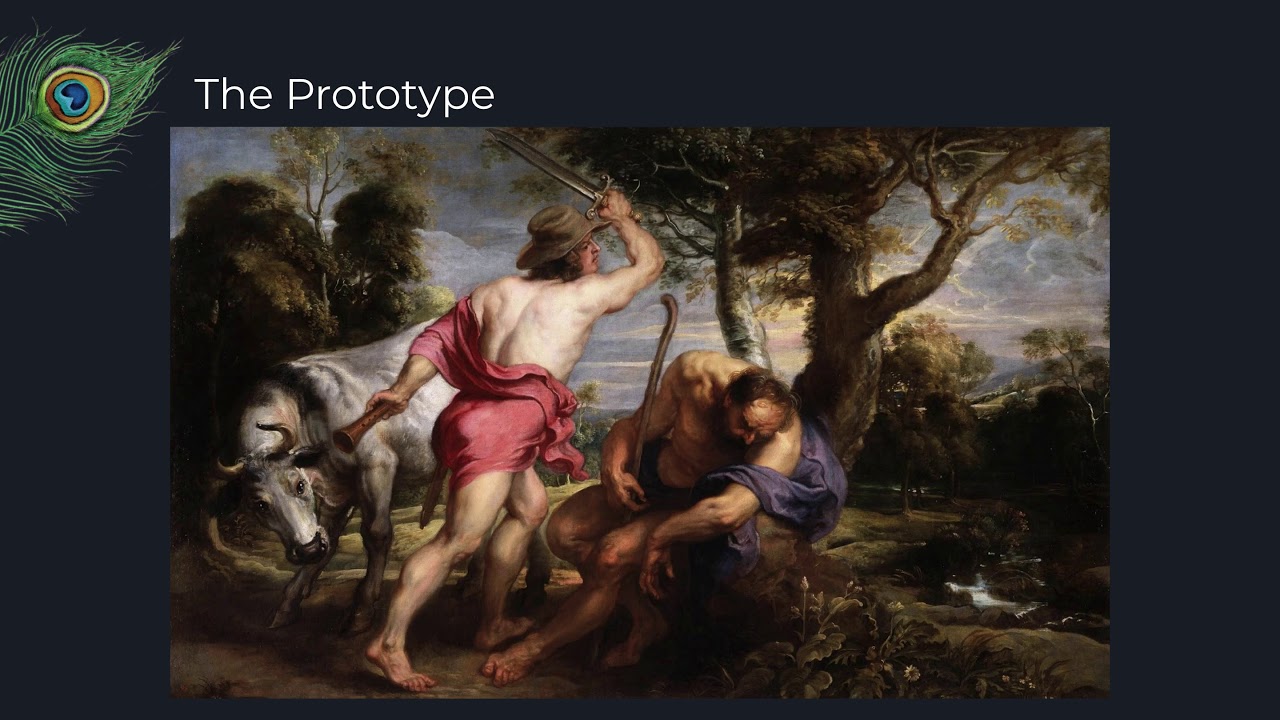
Solmukohta 2020: Chris Bergstresser – Peacock – a Global Larp Clearinghouse
A proposal, and a prototype, for a larp clearinghouse named Peacock. It includes standards for larp data and a website to share that information.
-
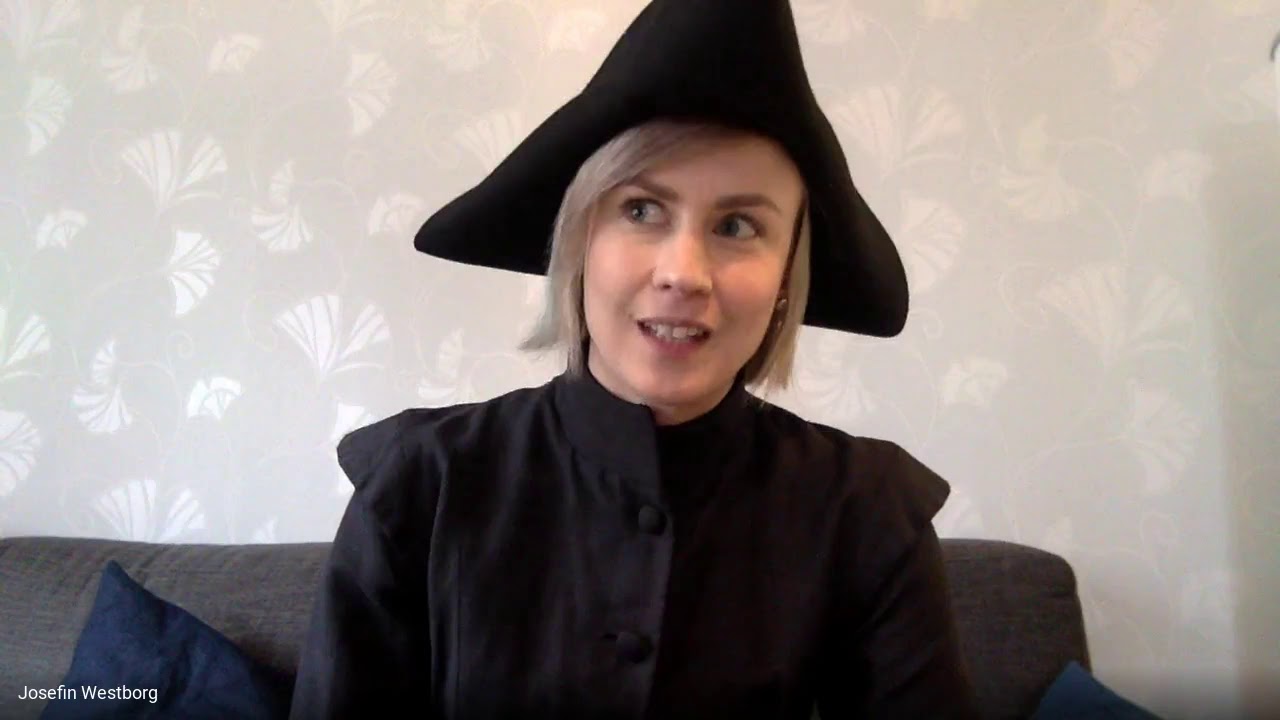
Solmukohta 2020: 500 Magic Schools for Children and Youth
This panel brings together NGOs, companies and other entities that run magic schools for kids and youth; presenting themselves and their work.
-

Solmukohta 2020: Lindsay Wolgel – Larp/Theatre Crossover in NYC
A talk about the larp/theatre crossovers currently emerging in NYC, based on projects Lindsay has been part of in the past year as a professional actor.
-
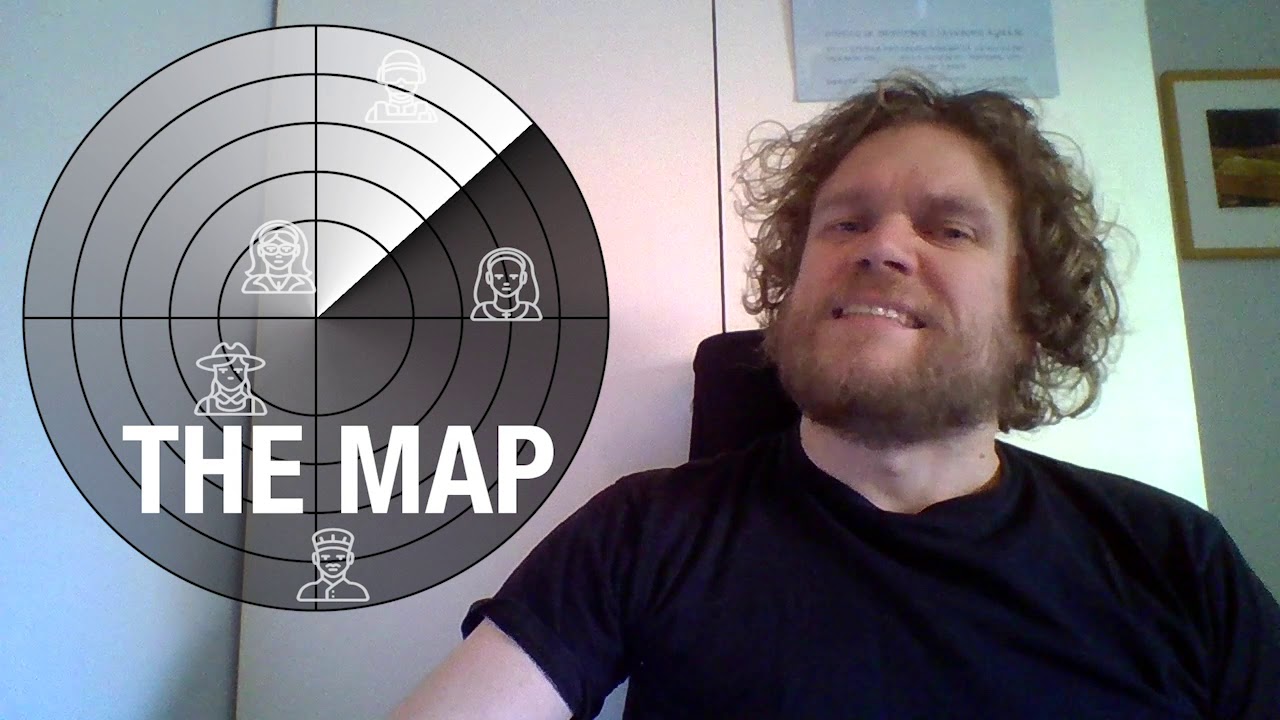
Solmukohta 2020: Eleanor Saitta, Johanna Koljonen, Martin Nielsen – Maps, Loops, and Larps
Have you ever thought about what you actually do when you larp? This talk tries to make sense of how manage information & make decisions during play.
